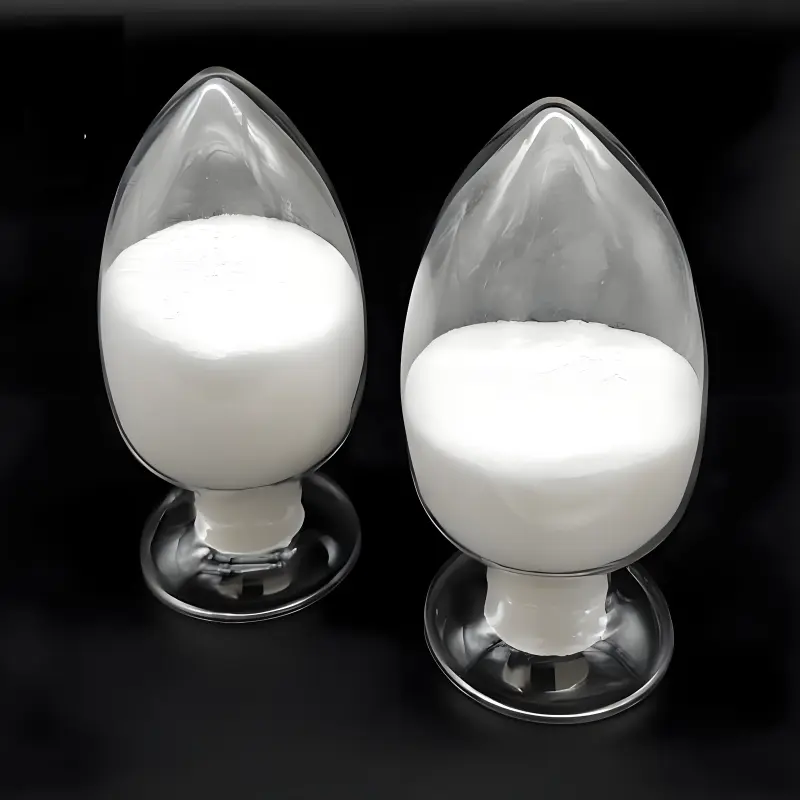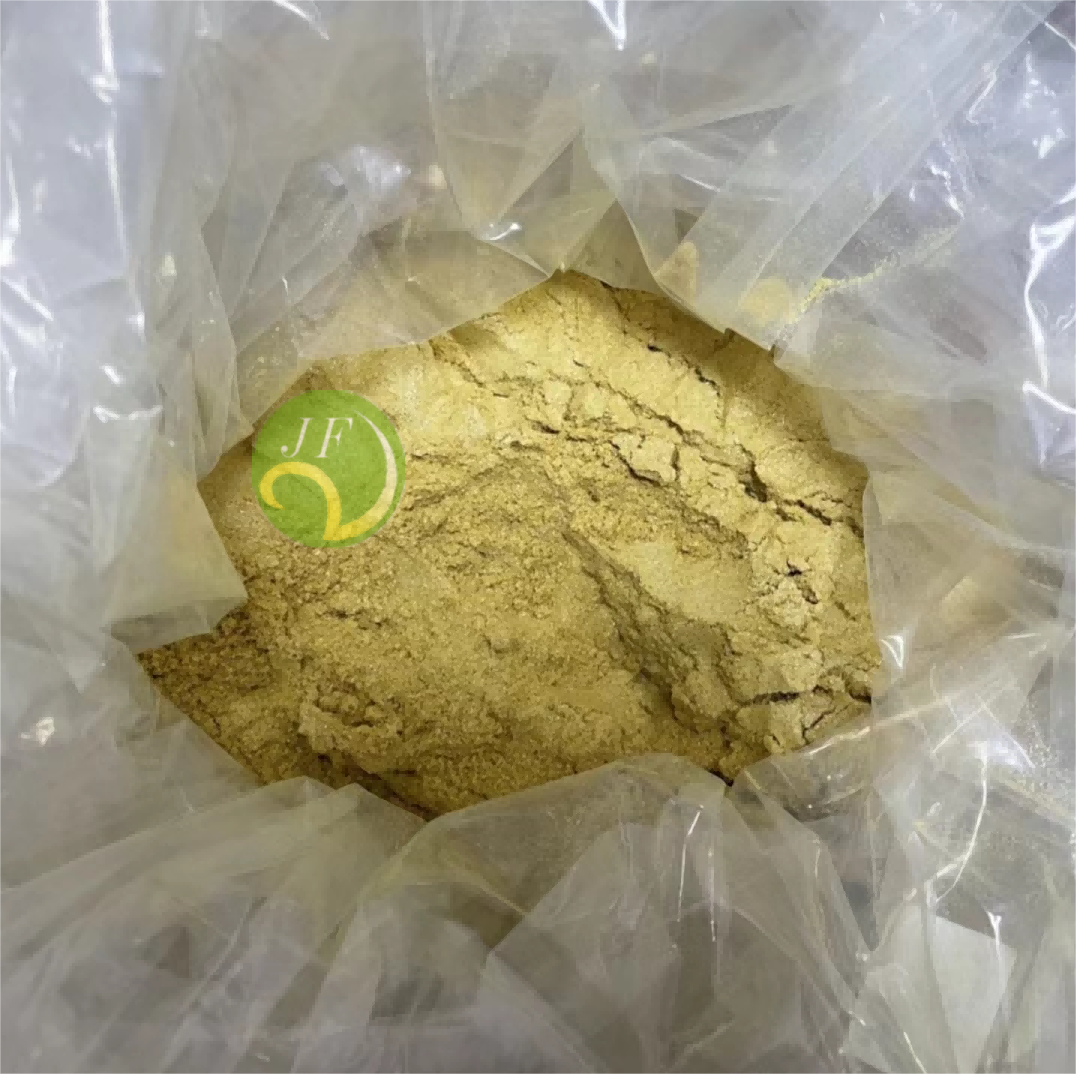-
Categories
-
Pharmaceutical Intermediates
-
Active Pharmaceutical Ingredients
-
Food Additives
- Industrial Coatings
- Agrochemicals
- Dyes and Pigments
- Surfactant
- Flavors and Fragrances
- Chemical Reagents
- Catalyst and Auxiliary
- Natural Products
- Inorganic Chemistry
-
Organic Chemistry
-
Biochemical Engineering
- Analytical Chemistry
-
Cosmetic Ingredient
- Water Treatment Chemical
-
Pharmaceutical Intermediates
Promotion
ECHEMI Mall
Wholesale
Weekly Price
Exhibition
News
-
Trade Service
*Only for reference by medical professionals.
At present, the prevalence of diabetes in adults in China has risen to 11.
2%[1], and the rate of compliance with blood glucose control in diabetic patients is 49.
4%[2].
Strengthening the blood glucose management of diabetic patients and increasing the rate of blood glucose control compliance are of great significance to reducing or delaying the occurrence and development of diabetes complications.
In April 2021, the 2020 version of the "China Type 2 Diabetes Prevention Guidelines Recommendations" was released.
In the insulin treatment pathway for patients with type 2 diabetes (T2DM), intensive insulin therapy is also one of the important treatment options, and its recommendations are updated.
Attention.
How to use insulin intensive treatment clinically? Treat both symptoms and root causes: clarify the significance of intensive insulin therapy.
Insulin resistance and β-cell dysfunction are the main pathophysiological mechanisms of T2DM [3].
A 4C study from China in 2020 shows that 24% of the pathogenesis of diabetes in the Chinese population is attributed to insulin resistance, and 12% is attributed to β-cell dysfunction [4].
Therefore, the ideal T2DM treatment not only needs to improve blood sugar, but also treat both symptoms and root causes to improve insulin resistance and β-cell dysfunction.
Meta-analysis showed that short-term intensive insulin therapy in newly diagnosed T2DM patients can improve insulin resistance and β-cell function (Figure 1) [5].
For patients with diagnosed long-term T2DM, short-term intensive treatment can also improve β-cell function and insulin resistance [6].
In other words, intensive insulin therapy can play an important role in all stages of the course of T2DM.
Figure 1 Short-term intensive insulin therapy can improve insulin resistance and β-cell function changes in newly diagnosed T2DM patients: strategy optimization of insulin intensive therapy Since insulin intensive therapy can improve insulin resistance and β-cell dysfunction, delay the process of T2DM, and optimize blood glucose management, then How to further optimize the treatment strategy of intensive insulin therapy? It can start from four aspects: timing of intervention, preferred population, predictive indicators and follow-up treatment.
■ Timing of intervention The 2017 edition of "Guidelines for the Prevention and Treatment of Type 2 Diabetes in China" recommends the timing and population of short-term intensive insulin therapy.
For newly diagnosed T2DM patients, glycosylated hemoglobin (HbA1c) ≥9% or fasting blood glucose (FPG) ≥11.
1mmol/ L may be accompanied by obvious symptoms of hyperglycemia; short-term intensive insulin therapy may be considered [7].
The newly published 2020 edition of "Guidelines for the Prevention and Treatment of Type 2 Diabetes in China" expands the timing and population of short-term intensive insulin therapy.
It not only makes the above recommendations for newly diagnosed T2DM patients, but also suggests that there are significant differences in monotherapy or dual therapy.
For patients with symptoms of hyperglycemia or even ketosis, or those who have started insulin therapy and have not yet reached the target (HbA1c≥7.
0%) after adequate dose adjustment, they can be directly given short-term intensive insulin therapy (Figure 2).
[3] Figure 2 The path diagram of the 2020 version of the CDS guidelines for short-term insulin intensive therapy.
■ Optimizing patients has many factors that affect the blood sugar relief of newly diagnosed T2DM short-term insulin intensive therapy.
Studies have shown that the younger, overweight patients with T2DM have significantly improved HOMA-IR and HOMA-β after intensive insulin therapy [8,9].
In addition, the patient's positive attitude and good compliance are also conducive to maintaining blood sugar relief [10].
■ Predictive indicators: A study used insulin pumps for short-term insulin intensive therapy in 95 newly diagnosed T2DM patients to maintain blood glucose up to the target for 2 weeks.
Follow-up 1 year later, the time within the target range (TIR) of different glucose during the enhancement (≥70% respectively) Compare the diabetic blood glucose relief (withdrawal from hypoglycemic drugs, FPG <7mmol/L, and 2 hours postprandial blood glucose <10mmol/L) in patients with diabetes mellitus [11].
The results showed that TIR was significantly related to acute insulin response (AIR) (r=0.
36, P≤0.
001), and the blood glucose remission rate of patients with TIR≥70% was still 71.
4% at 1 year follow-up [11] (Figure 3), suggesting enhancement A higher TIR during the period can predict better β-cell function recovery and long-term blood glucose outcome.
Figure 3 The higher TIR during the intensive period, the higher the drug-free remission rate.
In addition, the lower the FPG after the intensive treatment, the more significant the improvement of HOMA-β and HOMA-IR, the longer the time of blood glucose relief [12,13]; During the treatment period, the greater the decrease in daily insulin dosage after the blood glucose reaches the standard, the higher the blood glucose relief rate after intensive treatment [14].
■ Follow-up treatment At present, there are few researches on follow-up treatment options for short-term intensive insulin therapy.
For newly diagnosed T2DM patients, if clinical remission is achieved after intensive treatment, life>
Canadian scholar Retnakaran R is exploring the follow-up treatment plan of short-term intensive insulin therapy, and proposed a new treatment idea.
Intermittent intensive insulin therapy is adopted for patients with T2DM, that is, intensive insulin therapy is performed every 3 months (each treatment is 2 weeks).
) For 2 years to maintain β cell function and maintain long-term blood sugar relief.
The results of the study showed that during the follow-up period, the above treatment methods can maintain insulin secretion sensitivity index-2 (ISSI-2), HbA1c, and FPG stable, and the risk of hypoglycemia is low [15].
Fast-acting insulin analogues: the "weigher" of insulin intensive therapy.
Fast-acting insulin analogues, such as insulin aspart (Novoray) can be used as prandial insulin during intensive treatment for the basic-prandial regimen, or alone for insulin pump Intensive insulin therapy.
A single-arm, interventional prospective study conducted in 12 hospitals in five provinces in China included 124 newly diagnosed T2DM patients.
After intensive insulin pump therapy with insulin aspart, it can significantly improve β-cell function and insulin resistance (Figure 4), the blood glucose remission rate still reached 30.
7% 2 years after treatment [16].
Another study included 61 patients with T2DM with an average course of 3 years.
They were treated with insulin aspart combined with insulin detemir for 4 weeks.
As a result, 33.
3% of patients had a significant improvement in β-cell function (ISSI-2 reflecting β-cell function increased ≥ 25%), HOMA-IR has also been significantly improved [17].
Figure 4 Intensive insulin aspart therapy significantly improved β-cell function and insulin resistance in newly diagnosed T2DM patients.
An international multicenter trial involving 757 cases of T2DM with an average disease course of 13 years and previous insulin use.
The use of insulin aspart combined with insulin degludec ( ± metformin ± pioglitazone) treatment for up to 78 weeks, to evaluate the efficacy and safety of the treatment program [18].
Studies have shown that long-term treatment with insulin aspart combined with insulin degludec can effectively reduce HbA1c, and the overall confirmed hypoglycemia event is reduced by 24% compared with the combination of insulin glargine [18] (Figure 5).
Figure 5 Diagnosed T2DM combined with insulin aspart and insulin degludec has good long-term efficacy and safety.
The conclusion is that improving the rate of blood glucose control in diabetic patients is of great significance for reducing or delaying the occurrence and development of diabetic complications.
Intensive insulin therapy not only improves the rate of blood glucose compliance, but also treats both symptoms and root causes, improving insulin resistance and β-cell dysfunction in newly diagnosed and diagnosed T2DM patients.
Whether it is a newly diagnosed T2DM patient with HbA1c≥9% or FPG≥11.
1mmol/L, or with single-drug or dual-therapy, there are significant symptoms of hyperglycemia and even ketosis, and insulin therapy has been initiated and adequate dose adjustment has been made Patients with diagnosed T2DM whose blood glucose has not yet reached the standard can be directly treated with short-term intensive insulin therapy.
Choosing the appropriate timing of intervention, selecting the right patients, clear predictive indicators, and sequential and individualized follow-up treatment are important strategies for optimizing insulin intensive therapy.
Fast-acting insulin analogues such as insulin aspart have good efficacy and safety, and are the “heavy tool” of intensive insulin therapy.
References: 1.
Li Y, et al.
BMJ, 2020, 369:m997.
2.
Yongze L, et al.
BMJ, 2020, 369:m9973.
Diabetes Branch of Chinese Medical Association.
Chinese Journal of Diabetes, 2021, 13( 4):315-408.
4.
Wang T, et al.
Lancet Diabetes Endocrinol, 2020, 8(2):115-124.
5.
Kramer CK, et al.
Lancet Diabetes Endocrinol, 2013, 1(1):28-34.
6.
Shimodaira M, et al.
J Endocrinol Invest, 2013 Oct;36(9):734-8.
7.
Diabetes Branch of Chinese Medical Association.
Chinese Journal of Diabetes.
2018;10(1): 4-67.
8.
Wan XS, Li YB, et al.
2020 ADA, 2201-PUB.
9.
Huang X, Li S, Yang M, et al.
The effects of short-term continuous subcutaneous insulin infusion treatment on fasting glucagon-like peptide-1 concentrations in newly diagnosed type 2 diabetes.
Diabetes Res Clin Pract, 2018, 138:246-252.
10.
Chen A,et al.
Diabetes Care, 2012, 35(3):474-81.
11.
Liu LH, et al.
2020 ADA, 1032-P.
12.
Liu J , et al.
Endocr J, 2013, 60(6):725-32.
13.
Hu Y, et al.
Diabetes Care, 2011, 34(8):1848-53.
14.
Liu L, et al.
Diabetes Res Clin Pract, 2015, 108(2):250-7.
15.
Li Y, et al.
Diabetes Care, 2004, 27(11):2597-602.
16.
Wang H, et al.
J Clin Endocrinol Metab, 2019, 104 (6):2153-2162.
17.
Kramer CK, et al.
Diabetes Care, 2014, 37(4):1116-23.
18.
Hollander P, et al.
Diabetes Obes Metab, 2015, 17(2):202-6.






